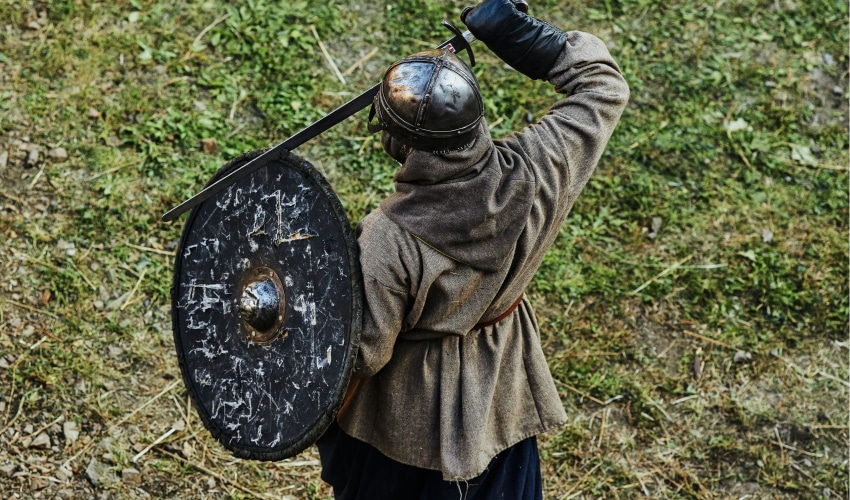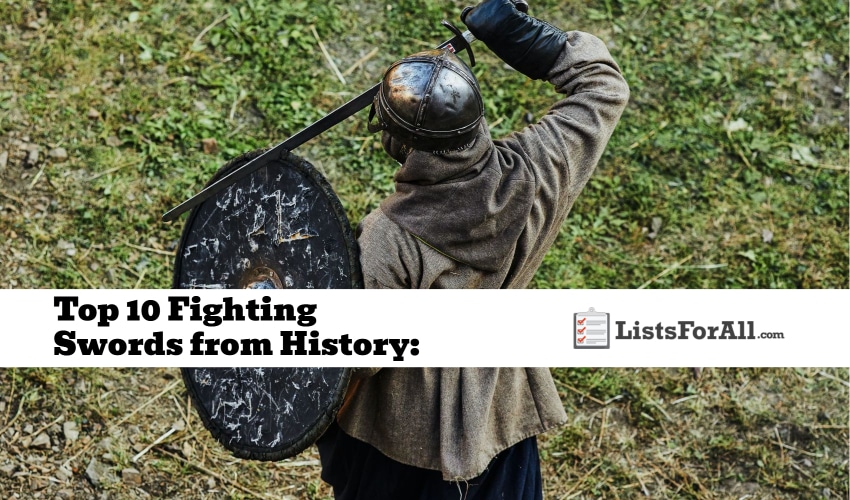
Best Fighting Swords From History: Discovering the Top Fighting Swords
The debate on which swords are the best in battle has been long and enthusiastic. There are many sword variations, but only some have shaped history with their fighting capabilities. These swords are worth a look at, and this list of the best fighting swords in history will allow you to learn more about each type of sword.
This list of the best fighting swords in history will highlight ten of the top swords ever created and used in battle. In this list, we’ll talk about the best fighting swords based on their distinct characteristics, period of use, and usability in battles, all of which will allow for a better appreciation for each of these swords.
When you are done with this list and checking out all of the different sword types, comment below and let us know which of these fighting swords is your favorite.
The Top 10 Fighting Swords From History:
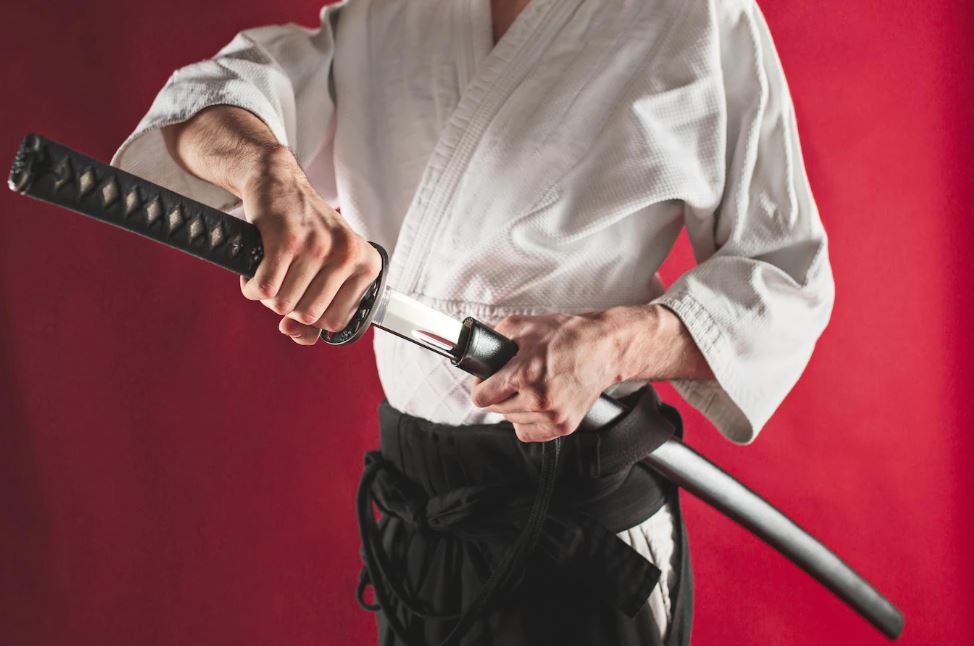
1. The Katana
Used by: Japan
Highlights: Curved, the perfect length for medium-range fights, very deadly in one-on-one combat, and easy to use.
About the Sword: The Katana is the sword type most people associate with the feudal samurai warriors of Japan. However, this samurai sword is more than just a weapon. It is also a sign of status and a piece of art.
People worldwide appreciate Japanese blades for how well they are crafted and how beautiful their features look. This sword is extremely deadly when placed in the hands of a veteran samurai.
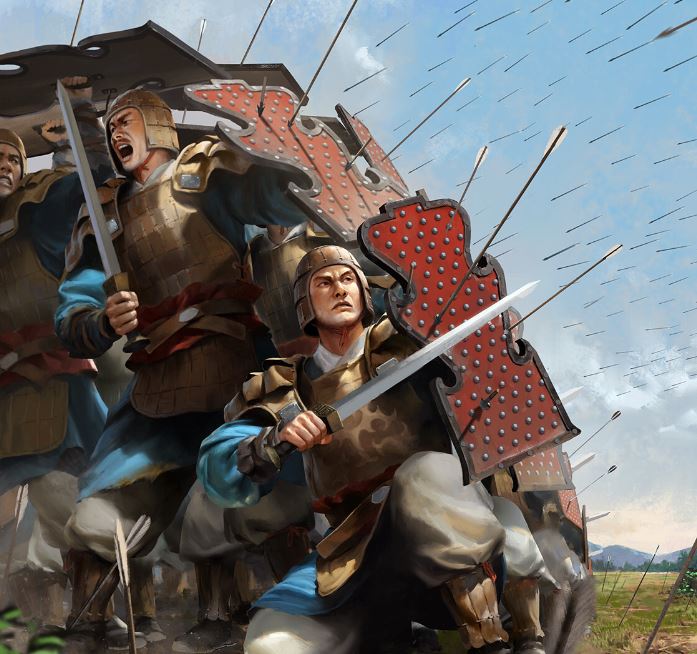
2. The Jian
Used By: China
Highlights: Straight, perfect length for short to medium-range fights, extremely good for large-scale battles, and easy to use.
About the Sword: From the earliest stages of Chinese history, the Jian has been respected and wielded using traditional Chinese fighting styles. These fighting styles shaped Chinese martial arts, and this sword was a vital component — especially in wushu and tai chi training. It was also said that this sword held witness to countless battles over millennia.
The Jian is a one-handed weapon with a straight blade that can be used with a shield. Although it brought many victories to China, it was eventually replaced by the Dao, a stronger and easier-to-use curved sword.
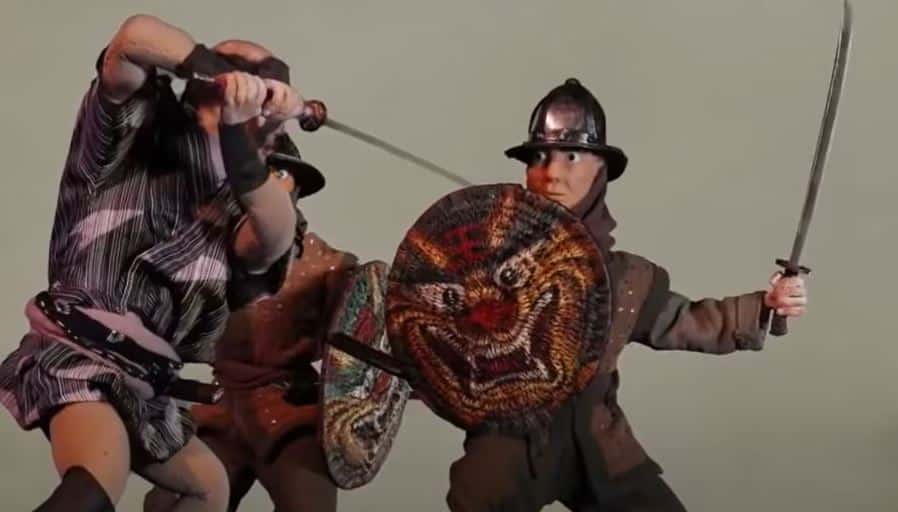
3. The Dao
Used by: China
Highlights: Curved, perfect length for medium-range fights, extremely good for large-scale battles, easy to use, many different shapes and forms
About the Sword: The creation of the Chinese sword, Daos, was influenced by the successful conquest of the Mongols in China, which marked the start of the Yuan dynasty. In general, the Daos are described to be Chinese swords with single-edged blades. However, throughout history, several types of Daos have been observed.
- Liuyedao – also called the willow leaf saber. This sword was used in the 14th–20th centuries by Chinese troops, primarily as a cutting weapon. Its blade has a long curve that is neither too tight nor too loose.
- Yaodao and Peidao – are two types of waist swords. Both have curved blades with a sharp edge on the back near the tip, useful for thrusting.
- Miao Dao – a modern term for the Daos. This sword type is mostly observed in combat and was said to defeat the Japanese Katana in battle.
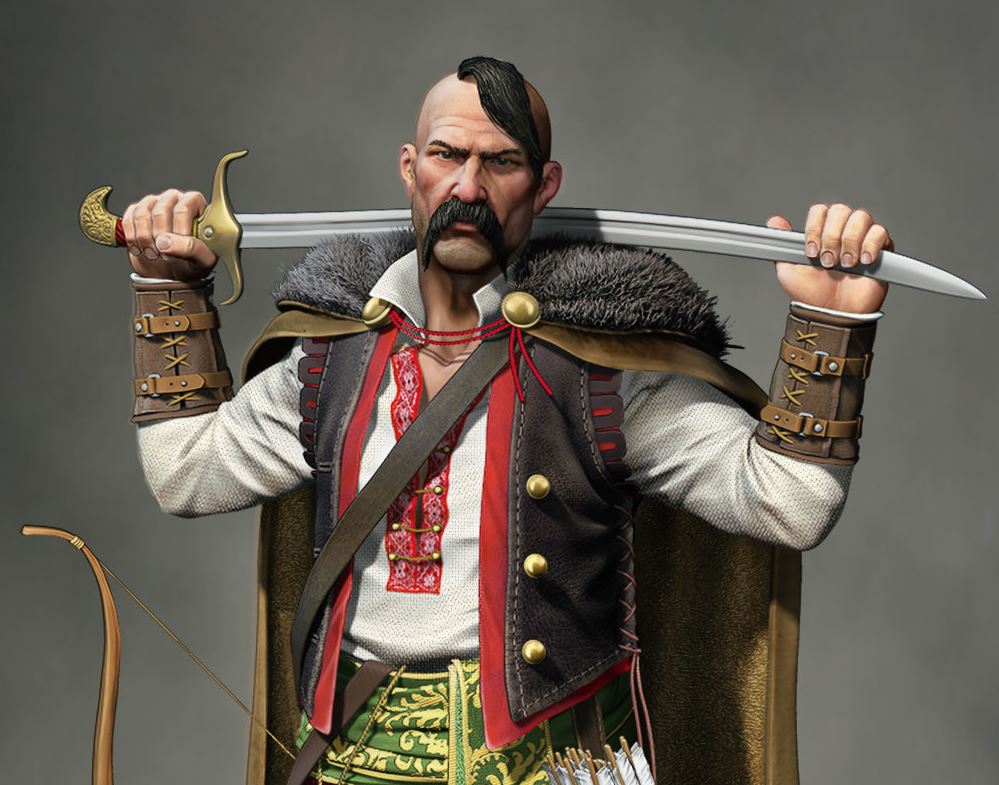
4. The Shashka
Used By: Russia and the Cossacks
Highlights: Curved, perfect length for medium-range fights, extremely good in mounted warfare, extremely light, and easy to use.
About the Sword: The Shashka (also Shasqua) was the sword wielded by the Cossacks: Russian adventurers living in the northern hinterlands of the Black and Caspian seas.
Later, in the 1800s, the Shashka gained popularity, eventually overshadowing the regular saber in almost all Russian-mounted cavalry except for the Hussars (light cavalry units). By 1881, this sword was the official weapon employed by the Russian army.
The Shashka is a thin but durable sword. Its slightly curved blade is suited for thrusting, cutting, and slashing. It looks like a combination of a straight sword and a full-size Russian saber. When used in duels, this sword is deadly in the hands of a professional due to its lightness. Its curve was also said to easily cut off limbs.
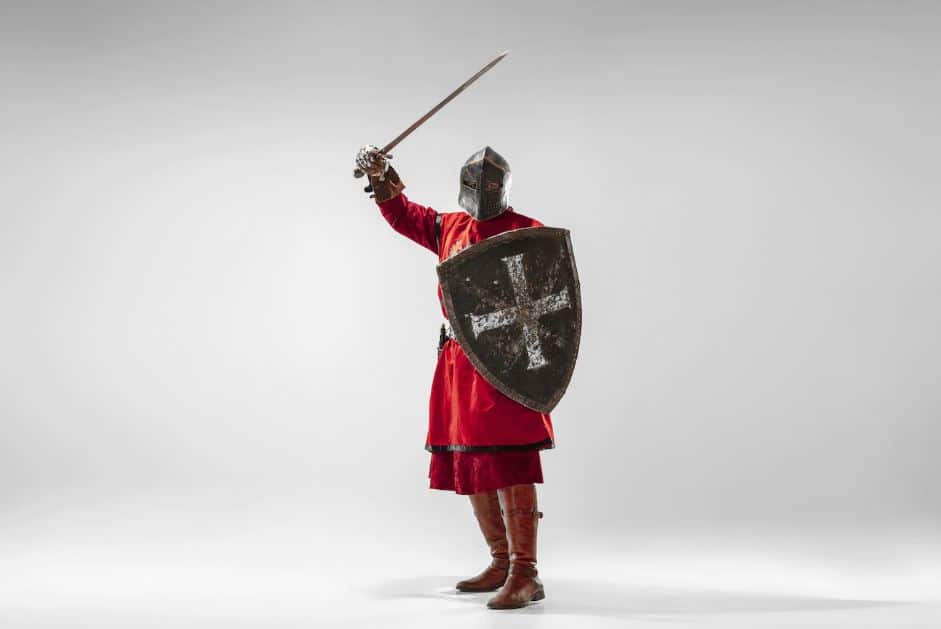
5. The Arming Sword
Used by: European Countries
Highlights: Straight, perfect length for medium-range fights, and good for large-scale battles.
About the Sword: The iconic one-handed sword that a knight or common soldier often used with a shield is called a “side sword” or an “arming sword.” The latter name originated from the idea that a soldier is ‘armed’ whenever he keeps his sword at his side while fighting.
The use of the arming sword was first observed in Western Europe right after the Viking Age. It was used when all the tribes were settling inside Europe and was considered the sword of the middle ages for infantry combat. However, the popularity of the arming sword changed over time as it was replaced by the longsword, another fighting sword best suited for cavalry in battle.
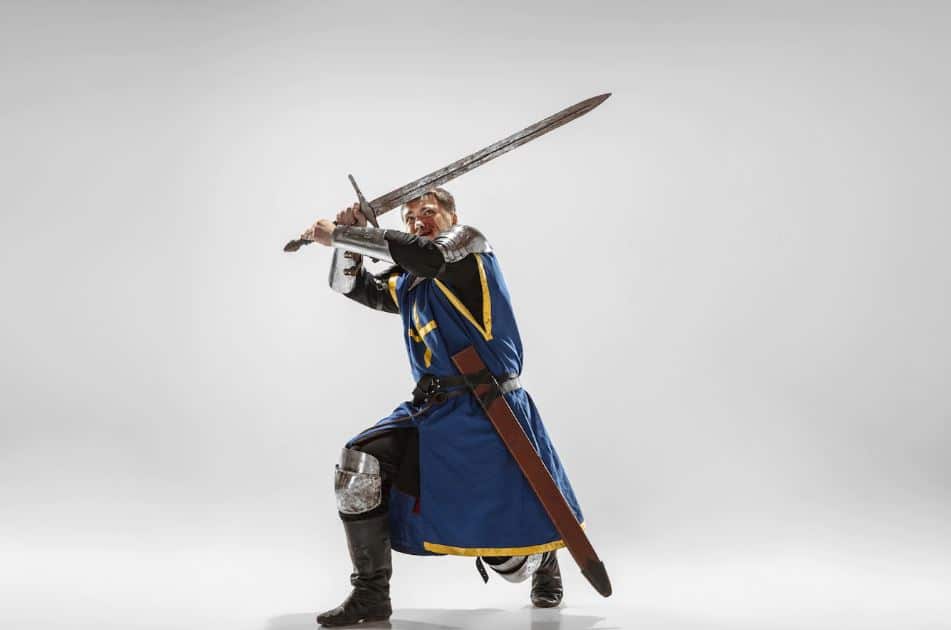
6. The Longsword
Used by: Europe
Highlights: Straight, perfect length for medium to long-range fights, very good in one on one combat, and good for large-scale battles.
About the Sword: A longsword is a two-handed double-edged sword used in the 1300s to 1700s. Records, especially on this sword, were said to mostly originate from Germany and Italy. The longsword has a double-edged blade and a sharp tip suited for thrusting.
Most longswords are about 3.9 ft (1.2 m) in length and weigh around 4 lbs (1.8 kg). Though it’s on the heavy end when comparing swords, a veteran longsword user could swing it as if it was as light as a feather.
The mobility of the longsword ended up defining its technique: moving it around and attacking from every direction while continuously defending proved deadly in battle. As such, the longsword quickly outstripped the shorter, one-handed arming sword.
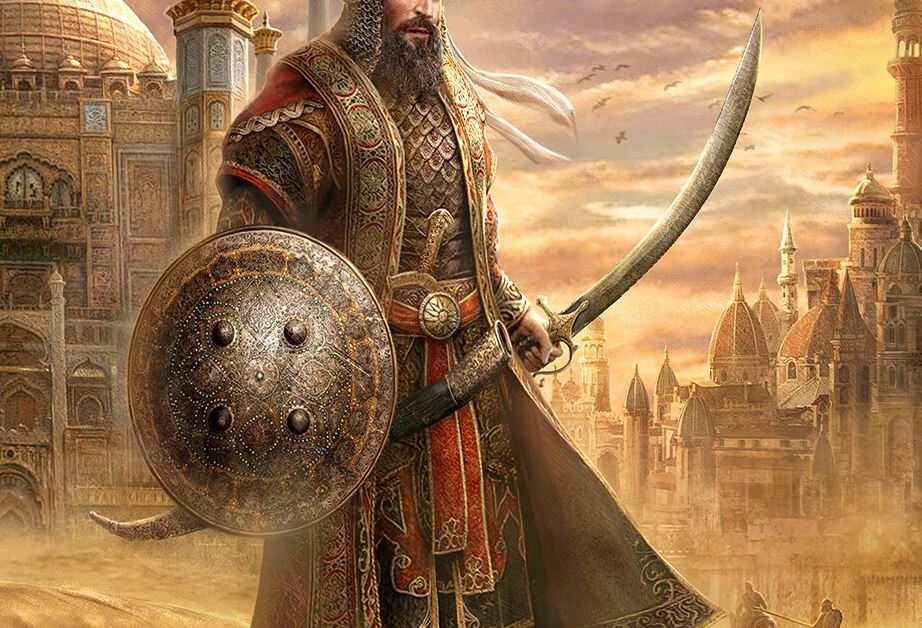
7. The Scimitar
Used by: Middle Eastern Countries
Highlights: Curved, several different shapes and forms, and first used in the 9th century.
About the Sword: The Scimitar is one of the most well-known swords from the middle east. First produced in the 9th century, records show that Damascus steel (steel with a wavy surface pattern) was used to craft its blade. Today, this weapon is often encountered in books and films.
The Scimitar has a light, flexible blade with a unique curvature that makes using it on horseback very effective. On foot, it can be used with a shield. Due to this flexibility, its use expanded from India to the middle of France. Later, this sword inspired designs of modern swords such as the Kilij (a Turkish sword) and possibly all the sabers (also written sabres) used in Europe.
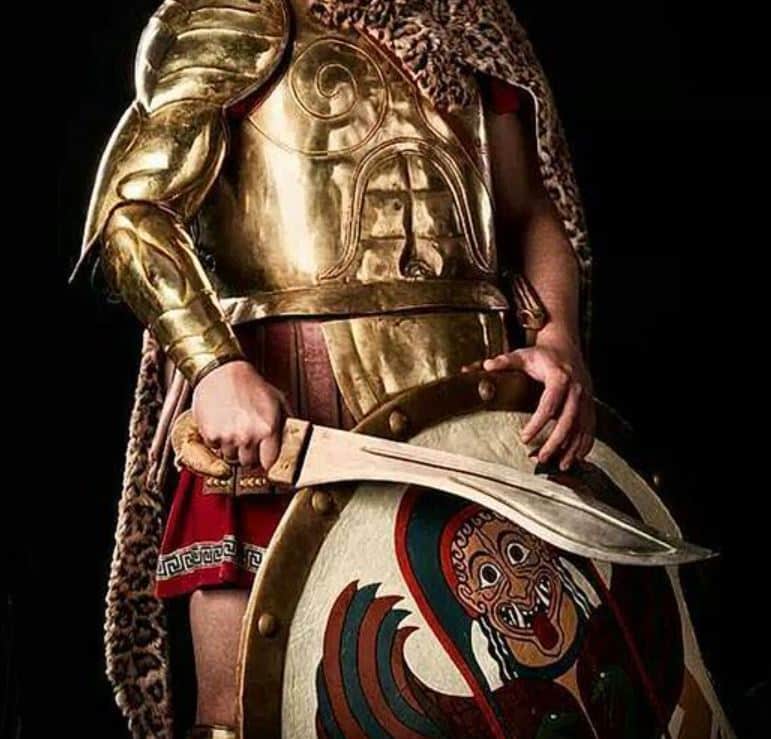
8. The Kopis
Used by: Ancient Greece and Iberia
Highlights: Curved and wide, the perfect length for short-range fights, and heavy but deadly.
About the Sword: From records, ancient Greek swords were characterized to have curved blades facing forward. An example of this sword type is the kopis, used primarily for precise cutting, killing animals for ritual sacrifices, and fighting.
The kopis was designed to be a one-handed weapon, but it isn’t very light. Its blade is around 3 ft (91 cm) long and was held over the shoulder to maximize the power of its swing. According to scholars, the name of this weapon makes it clear that it was a tool for killing people.
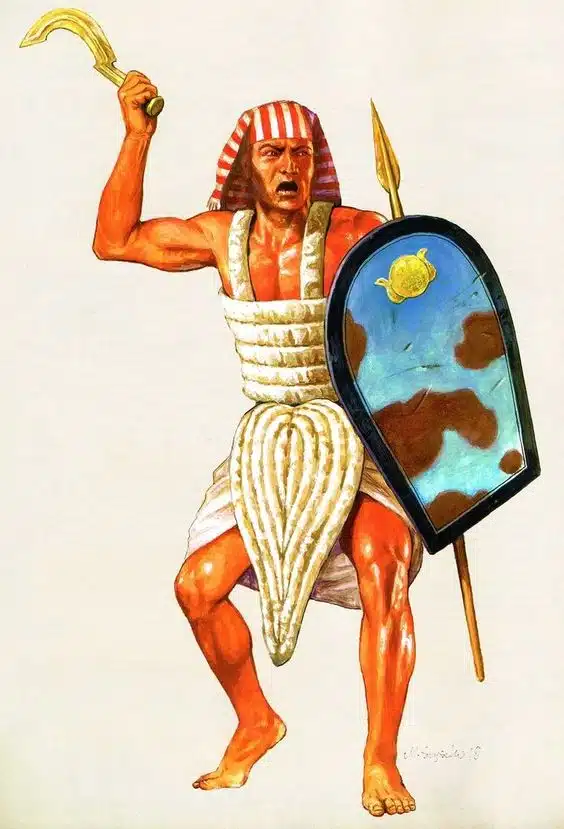
9. The Khopesh
Used by: Ancient Egypt
Highlights: Curved blade, sharpened on one side, and lightweight by ancient standards.
About the Sword: The Khopesh Sword is one of the most iconic and deadly fighting swords in all of history. Used by ancient Egyptian warriors, this curved blade was sharpened on one edge and proved incredibly effective in battle. The hooked shape of the khopesh allowed its user to disarm and finish off an opponent in a matter of moves.
Though considered lightweight by ancient standards, the khopesh was still thick enough to be used as a club if needed. Highly prized and often considered sacred, many khopesh swords were buried with their owners after death.
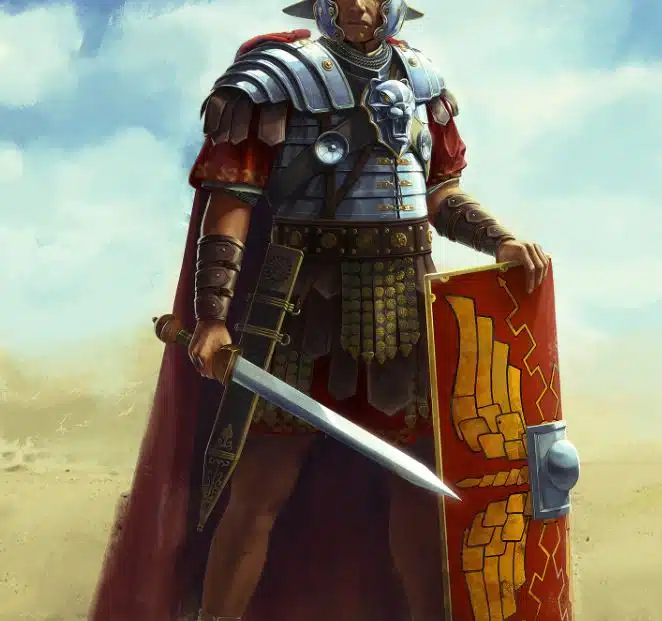
10. The Gladius
Used by: Ancient Rome
Highlights: Straight, perfect length for short-range fights, and very light.
About the Sword: According to historical records, the Gladius was observed in use by the Roman Empire for 800 years. However, this sword did not originate in Rome. Some historians suggest that the design of the Gladius originated from the older straight swords wielded by Celtic mercenaries serving under Hannibal (a general who commanded the forces of Carthage).
The wide and pointy blade of the Gladius was most suited for thrusting. However, it could also cut well if its blade was kept sharp enough. The Gladius is simply one of the best fighting swords in history since, combined with a shield, ingenious battle tactics, and leadership, it would successfully conquer a huge portion of the world.
Editor’s Pick for the Best Historical Fighting Sword
The Katana – Japan’s Legendary Blade of Precision
Among all the historical fighting swords on this list, the Katana earns the title of our editor’s pick for the best sword in history. Revered for its unparalleled sharpness, elegant curvature, and symbolic status, the Katana perfectly balances form and function. Its effectiveness in one-on-one combat, especially in the hands of a skilled samurai, made it a weapon of both technical beauty and battlefield efficiency.
What sets the Katana apart is not just its combat performance, but the meticulous craftsmanship and philosophy behind its creation. From folded steel techniques to ritualized training, the Katana reflects the soul of Japan’s martial culture.
Frequently Asked Questions – Best Fighting Swords from History
What makes a sword one of the best fighting swords in history?
A great fighting sword is defined by its battlefield utility, balance, durability, and ability to adapt to specific combat styles. Swords like the Gladius and Katana stood out due to their effectiveness in their respective environments and roles.
Were curved swords better than straight swords in battle?
Curved swords, such as the Scimitar or Dao, excelled in slashing, especially in mounted combat. Straight swords like the Longsword or Gladius were better suited for thrusting and close-quarters fighting. The “better” design depended on terrain, armor, and battle tactics.
Which sword was most effective in one-on-one combat?
The Katana and Longsword are often praised for their effectiveness in duels and one-on-one combat. Both were precise, deadly, and designed with balance in mind, making them top choices for individual fighters.
What is the oldest sword on this list?
The Khopesh from Ancient Egypt is one of the oldest swords on the list. It predates many of the others and played a key role in early bronze-age warfare, offering both cutting and hooking capabilities.
Why did swords fall out of use in warfare?
With the advancement of firearms and artillery, swords became less practical for large-scale warfare. However, many remained ceremonial or symbolic and are still used in martial arts and military traditions today.
Tips for Understanding and Appreciating the Best Fighting Swords in History
-
Study the Culture Behind the Blade: Each sword reflects the values, tactics, and craftsmanship of its civilization. Knowing the history behind swords like the Jian or Gladius adds to their significance.
-
Don’t Compare Across Eras Without Context: Comparing a medieval longsword to a bronze-age khopesh isn’t fair—they were built for different purposes, enemies, and eras. Evaluate each within its historical framework.
-
Understand Combat Styles: Swords like the Shashka were excellent for cavalry and quick slashes, while the Gladius was part of a formation-based system. Each sword was effective within its own fighting doctrine.
-
Learn About Sword Construction: The materials and forging methods—like Damascus steel or folded Japanese steel—impact sharpness, durability, and flexibility. This helps explain why some swords endured centuries.
-
Explore Modern Replicas and Demonstrations: If you’re interested in how these swords perform, look up historical martial arts (HEMA for longswords, Kenjutsu for Katanas, etc.) or museums that feature real or replica swords for a more hands-on experience.
Best Fighting Swords From History Conclusion
Different factors come into play when considering the best fighting sword in history. If you are stuck thinking about this, remember that “best” is contextual since each sword was designed for a specific purpose.
That is why it is good to appreciate each type of fighting sword and also what time period and civilization it was used in. When you do this, you can better appreciate each sword and what it brought to the battlefield.
Is there a sword on this list that you like best? Or is there a sword that you don’t see on this list but think should be? Either way, please feel free to comment below with any thoughts or feedback.

